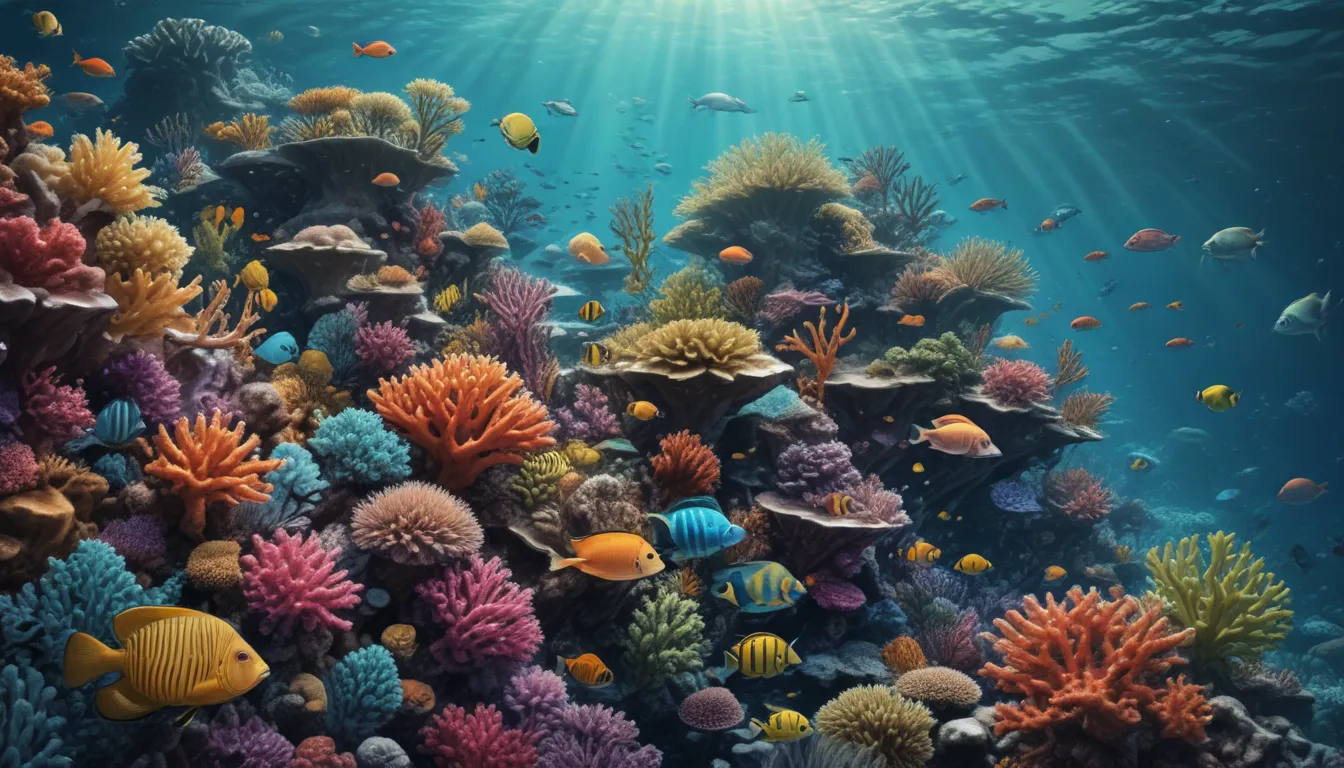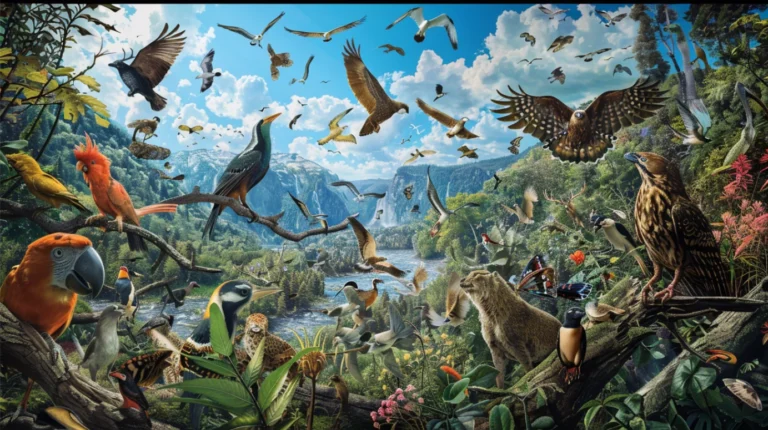The pictures we use in our articles might not show exactly what the words say. We choose these pictures to make you interested in reading more. The pictures work together with the words but don’t take their place. The words still tell you the important facts.
Coral reefs, often called the rainforests of the sea, are vital ecosystems that support millions of marine species, protect coastlines, and sustain fishing and tourism industries. However, these magnificent underwater communities face numerous threats, including climate change, pollution, and overfishing, leading to a decline in their health and biodiversity. In response, reef restoration has emerged as a beacon of hope, aiming to rebuild and rejuvenate coral reefs worldwide. Join us as we explore 20 captivating facts about reef restoration, highlighting the innovative techniques and dedicated efforts aimed at preserving our planet's precious coral reefs.
Unveiling the World of Reef Restoration
Reef restoration encompasses a variety of efforts focused on repairing damaged coral reefs or creating new habitats to support marine life. These initiatives are essential for preserving biodiversity, protecting coastal regions, and maintaining fisheries crucial for countless communities.
- Coral reefs, covering less than 1% of the ocean floor, harbor approximately 25% of all marine species.
- Restoration projects often utilize techniques like coral gardening, where coral fragments are cultivated in nurseries before being transplanted back into the reef.
The Urgency of Reef Restoration
Human activities and natural disasters have significantly impacted coral reefs globally. Pollution, overfishing, and climate change are among the primary culprits of coral degradation, underscoring the critical need for restoration work.
- Over the past five decades, the world has witnessed a disheartening loss of about 50% of its coral reefs.
- Climate change-induced phenomena, such as warming ocean temperatures leading to coral bleaching, can have devastating effects on coral health and survival if not remediated.
Innovative Techniques in Reef Restoration
Several groundbreaking methods are employed to restore and safeguard coral reefs, each playing a unique role in fostering coral growth and well-being.
- Coral fragmentation involves breaking off small pieces of healthy coral and affixing them to a substrate to encourage growth.
- Artificial reefs, constructed from sunken ships or concrete structures, offer new habitats for marine life and relieve pressure on natural reefs.
Inspiring Success Stories of Reef Restoration
Across the globe, dedicated efforts have yielded promising results, showcasing the potential for damaged reefs to recover with the right techniques and perseverance.
- In the Florida Keys, a large-scale restoration project has successfully reintroduced over 100,000 corals into the ocean.
- Areas of the Great Barrier Reef undergoing restoration projects have witnessed marked improvements, including increased coral cover and biodiversity.
Challenges and Opportunities in Reef Restoration
Despite the successes, reef restoration faces various challenges that can impede progress and effectiveness in preserving these invaluable ecosystems.
- Limited funding for restoration projects presents a barrier to scaling up efforts to significantly impact global reef health.
- The persistent threat of climate change means that restored reefs remain vulnerable to future bleaching events and ocean acidification.
Embracing the Future of Coral Reef Restoration
Looking ahead, the horizon of reef restoration shines brightly, with innovative technologies and approaches transforming the landscape of conservation efforts.
- Genetic engineering of corals for enhanced heat resistance presents a promising avenue for helping reefs thrive in warmer oceans.
- Innovations like 3D-printed coral structures are being explored to create complex habitats rapidly to support diverse marine life.
-
Community involvement in restoration projects not only aids in physical restoration but also fosters awareness and stewardship of marine environments.
-
Satellite and drone technology are increasingly utilized to map and monitor coral reef health, providing vital data to guide restoration efforts.
- International collaborations among governments, NGOs, and the private sector offer hope for more comprehensive and coordinated restoration initiatives.
A Call to Action: Safeguarding Coral Reefs Together
Reef restoration symbolizes more than conservation; it represents a beacon of hope for marine ecosystems globally. With every coral planted, we not only revitalize vibrant underwater communities but also uphold biodiversity, protect coastlines, and ensure food security for millions. This enlightening journey through reef restoration underscores the power of collective action and innovative science in tackling environmental challenges. From microfragmentation to 3D-printed reefs, the methods are as diverse as the corals they aim to preserve. As individuals, our role in this endeavor is pivotal. Whether through reducing carbon footprints, supporting sustainable seafood, or spreading awareness, each action contributes to the preservation of coral reefs for future generations. Let's embark on this journey with a firm commitment to safeguarding these underwater wonders. Together, we can create a brighter future for coral reefs, one restoration project at a time.
Our dedication to providing trustworthy and engaging content drives our mission. Each fact on our platform is contributed by individuals like you, enriching our repository with diverse insights and information. Our rigorous editorial process ensures that every submission is meticulously reviewed for accuracy and reliability, guaranteeing that the facts we share are not only captivating but also credible. Trust in our unwavering commitment to quality and authenticity as you explore and learn with us. Together, let's foster a community of knowledge and appreciation for the wonders of our natural world.






